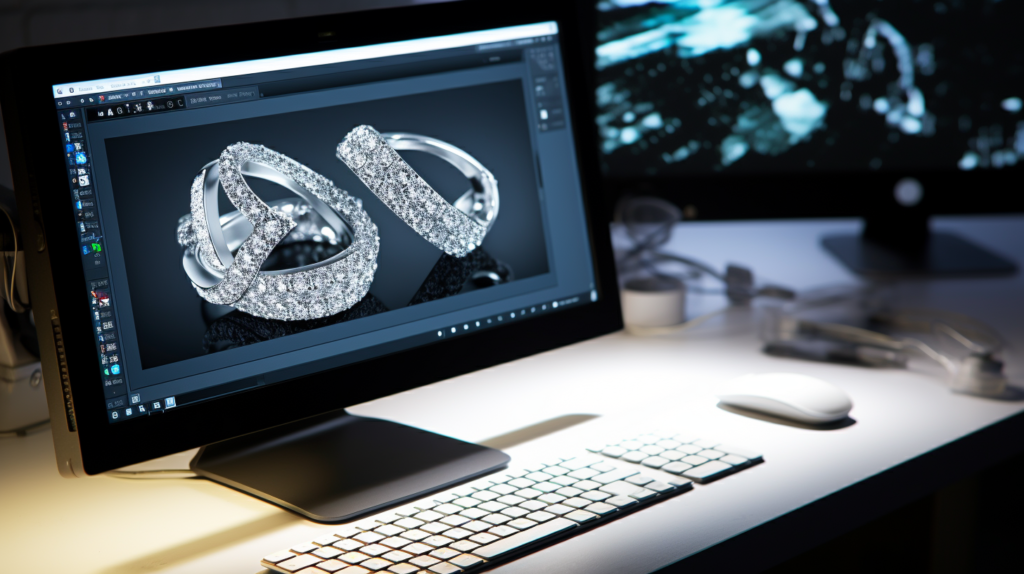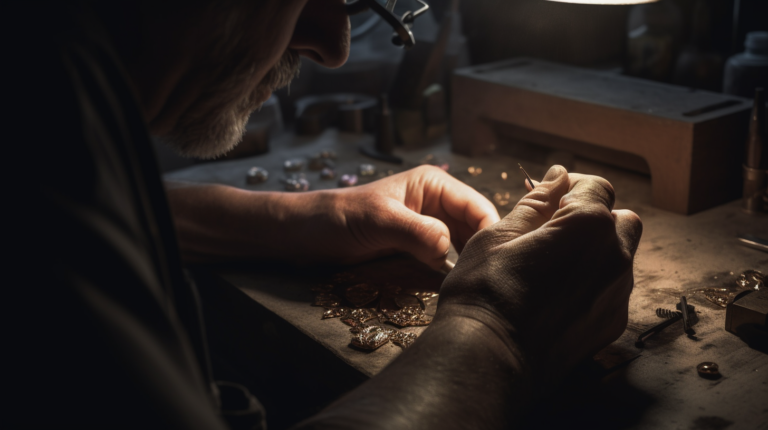 In the fascinating world of 3D design, where technology and creativity converge to breathe life into digital pieces, the importance of a strong artisanal background cannot be underestimated. While the most modern and powerful 3D design software has revolutionized how we conceive and create digital jewelry models, it is the artisanal touch stemming from a profound understanding of artistic fundamentals that elevates the final result, making it precise, ergonomic, and fitting.
In the fascinating world of 3D design, where technology and creativity converge to breathe life into digital pieces, the importance of a strong artisanal background cannot be underestimated. While the most modern and powerful 3D design software has revolutionized how we conceive and create digital jewelry models, it is the artisanal touch stemming from a profound understanding of artistic fundamentals that elevates the final result, making it precise, ergonomic, and fitting.
The wonder of 3D technology has bestowed upon us incredibly powerful tools, enabling more efficient and realistic modeling and rendering than ever before. However, the temptation to rely exclusively on automatic features and the advanced capabilities of software can lead to missteps. This is where craftsmanship and knowledge of manufacturing become essential.
Precision in 3D design is not only about manipulating geometry in a virtual environment but also understanding the artistic foundations underlying visual representation. An artisanal background provides the designer with a unique appreciation of shapes, thicknesses, resistances, and flexibility of metals, as well as the varied hardness of precious stones.
Ergonomics, another key dimension of design, involves creating models that are not only visually appealing but also functional and practical. A designer with an artisanal background understands the importance of scale, arrangement, and interaction of elements in a three-dimensional space. This artisanal perspective ensures that the design not only meets aesthetic standards but is also comfortable and functional, an essential consideration in fields like jewelry.
Traditional art also nurtures the power of observation, a fundamental skill to capture the details that make a design authentic. The eye trained by artistic practice can perceive nuances, textures, and subtleties that might escape a purely technical approach. These details breathe life into 3D models, drawing inspiration, for example, from the shapes found in nature—a potent and often-utilized muse.
Only those who have transformed and manipulated various precious metals truly understand how to utilize the tools offered by 3D software. The integration of this artisanal background into the 3D design process extends beyond the model creation phase. It plays a crucial role in preparing designs for printing, casting, setting, and final finishing.
In summary, while 3D design software provides advanced and efficient tools, the need for an artisanal background remains imperative. The combination of modern technology with traditional artistic experience is what ensures precision, ergonomics, and appropriateness in 3D design. The synergy between automation and craftsmanship creates a balance that enhances the quality of the final work, allowing creativity and technique to converge in a digital expression that transcends the limitations of the screen.


